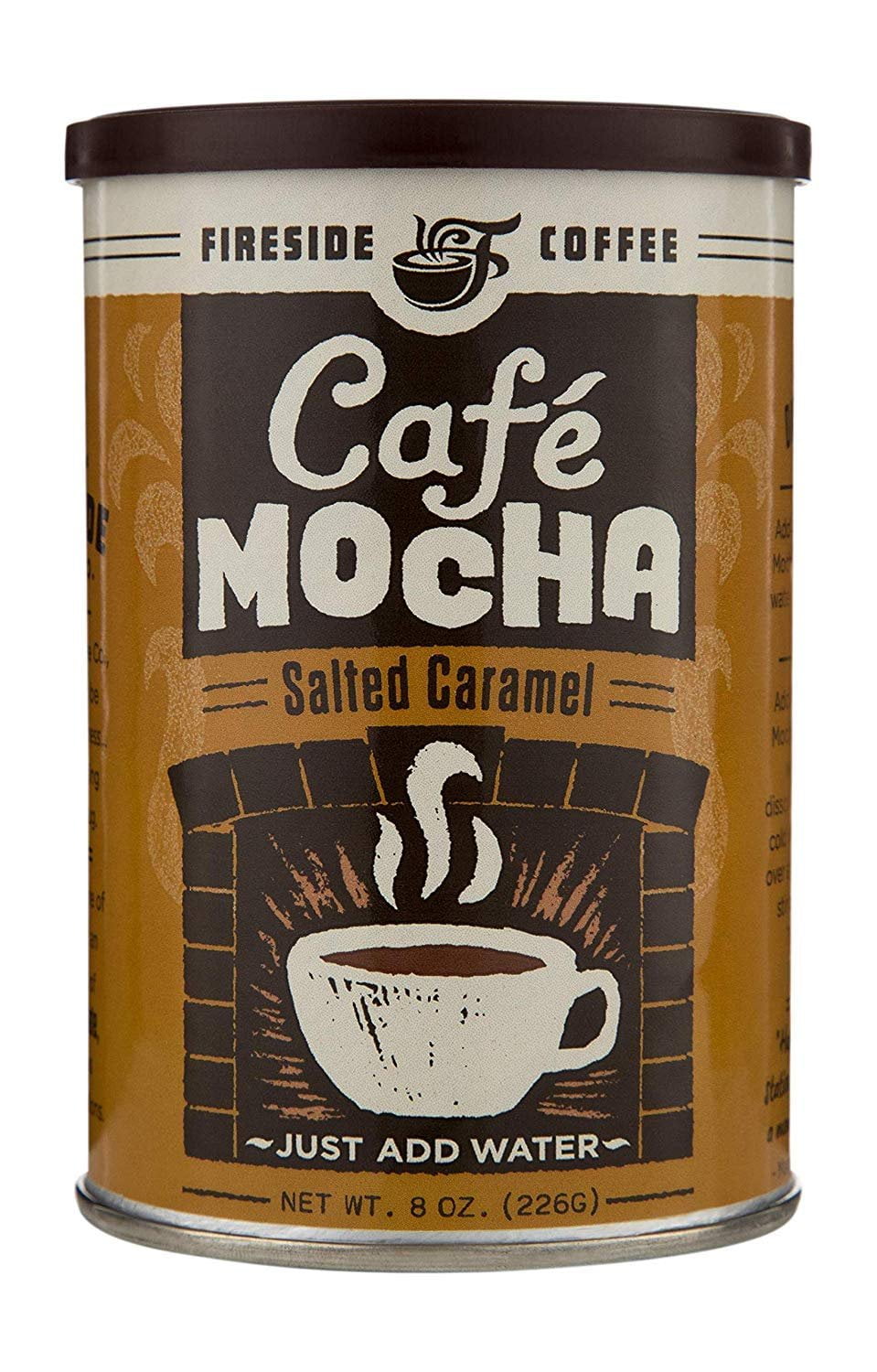
It developed high-vacuum processes to produce penicillin, blood plasma, and streptomycin for US military use. The National Research Corporation (NRC) was formed in Massachusetts as a process-development company employing high-vacuum technology. High-vacuum freeze-dried coffee was developed shortly after World War II, as an indirect result of wartime research into other areas. The Nescafé brand, which introduced a more advanced coffee refining process, was launched in 1938.

George Constant Louis Washington developed his own instant coffee process shortly thereafter, and first marketed it commercially (1910). Kato introduced the powdered substance in Buffalo, New York, at the Pan-American Exposition. The invention was previously attributed to Satori Kato, a Japanese scientist working in Chicago in 1901. Some modern sources have credited French humorist and writer Alphonse Allais with the invention. Instant or soluble coffee was invented and patented in 1890, by David Strang of Invercargill, New Zealand, under patent number 3518 sold under the trading name Strang's Coffee citing the patented "Dry Hot-Air" process. Instant coffee also reduces cleanup since there are no coffee grounds, and at least one study has found that it has a lower environmental footprint than drip filter coffee and capsule espresso coffee, on a prepared beverage basis, disregarding quality and appeal of the beverage produced. Instant coffee in a concentrated liquid form, as a beverage, is also manufactured.Īdvantages of instant coffee include speed of preparation (instant coffee dissolves quickly in hot water), lower shipping weight and volume than beans or ground coffee (to prepare the same amount of beverage), and long shelf life-though instant coffee can spoil if not kept dry. Instant coffee solids are commercially prepared by either freeze-drying or spray drying, after which it can be rehydrated. Instant coffee solids (also called soluble coffee, coffee crystals, coffee powder, or powdered coffee) refers to the dehydrated and packaged solids available at retail used to make instant coffee. The product was first invented in Invercargill, the largest city in Southland, New Zealand, in 1890. Instant coffee is a beverage derived from brewed coffee beans that enables people to quickly prepare hot coffee by adding hot water or milk to coffee solids in powdered or crystallized form and stirring. It mixes really well with ginger beer or ginger ale, pineapple and apple juice, and it is delicious with cola and lemonade too.Close-up view of a granule of Nescafé instant coffee A cup of instant coffee

With Old Tom’s slightly sweeter palate, it can frequent those serves usually reserved for rum and whiskey. Therefore, navy strength gins are great at working with highly-flavoured mixers like cola, pink lemonade, Irn-Bru, concentrated fruit juices, coffee and Earl Grey tea. Navy strength gin has a minimum ABV of around 57%. London dry gin has an ABV of around 37.5%.

However, the flavours are much more pronounced by the higher alcohol level. Navy strength gins usually have a similar flavour profile to London dry gin. That’s why recommend trying London dry gins with more delicate mixers like lemonades, soda water, hard seltzer, vermouth and white wine.įresh fruit and freshly squeezed fruit juice are also great places to start with London dry gin mixers.īy choosing softer mixers, you are allowing the complexity of the gin to really shine through. It is rich, earthy, and bitter, often with touches of citrus, spice and floral tones. London dry gin has that classic gin palate that we all know and love.


 0 kommentar(er)
0 kommentar(er)
